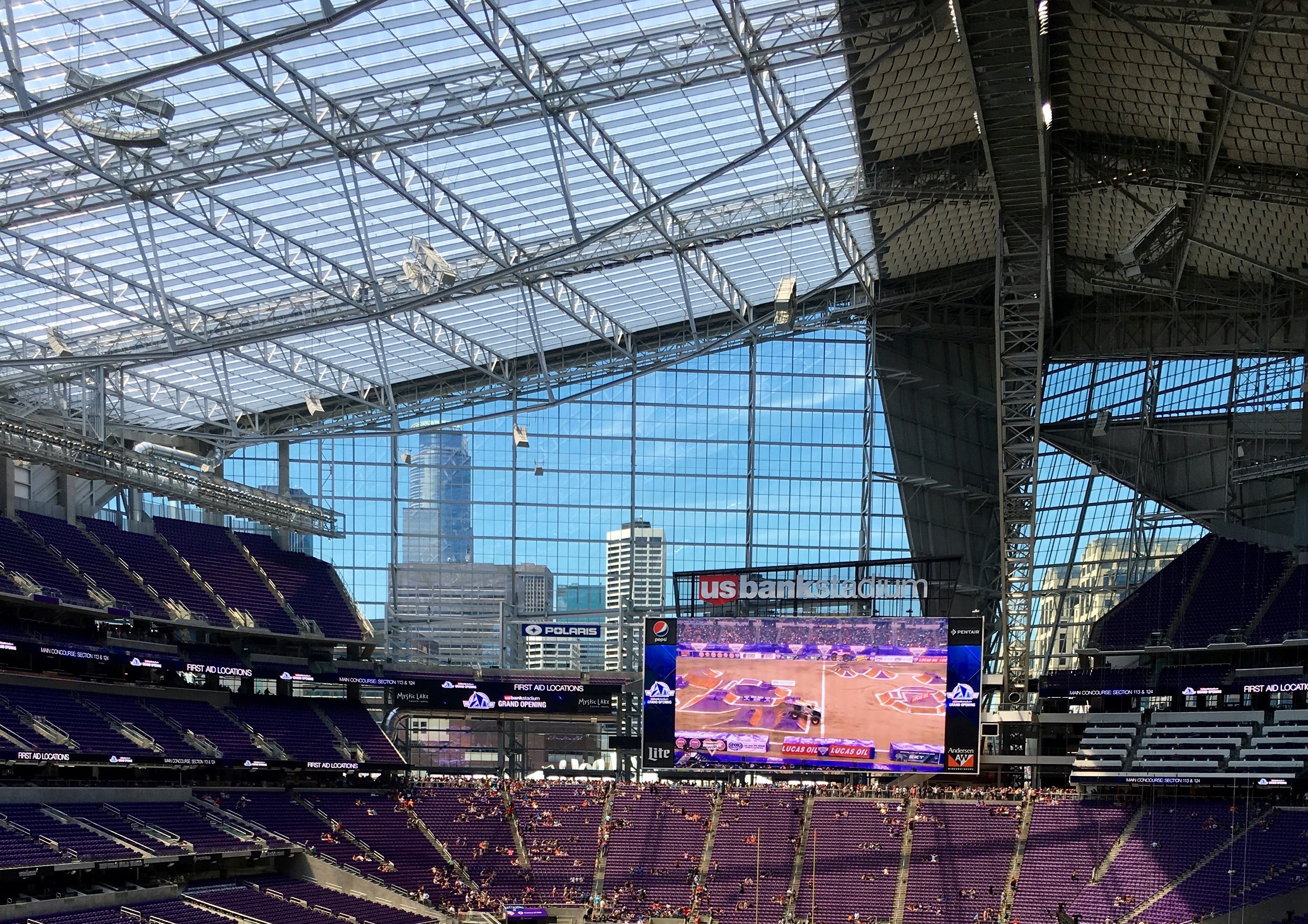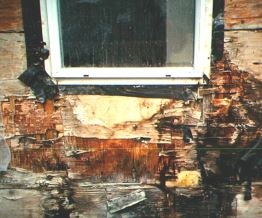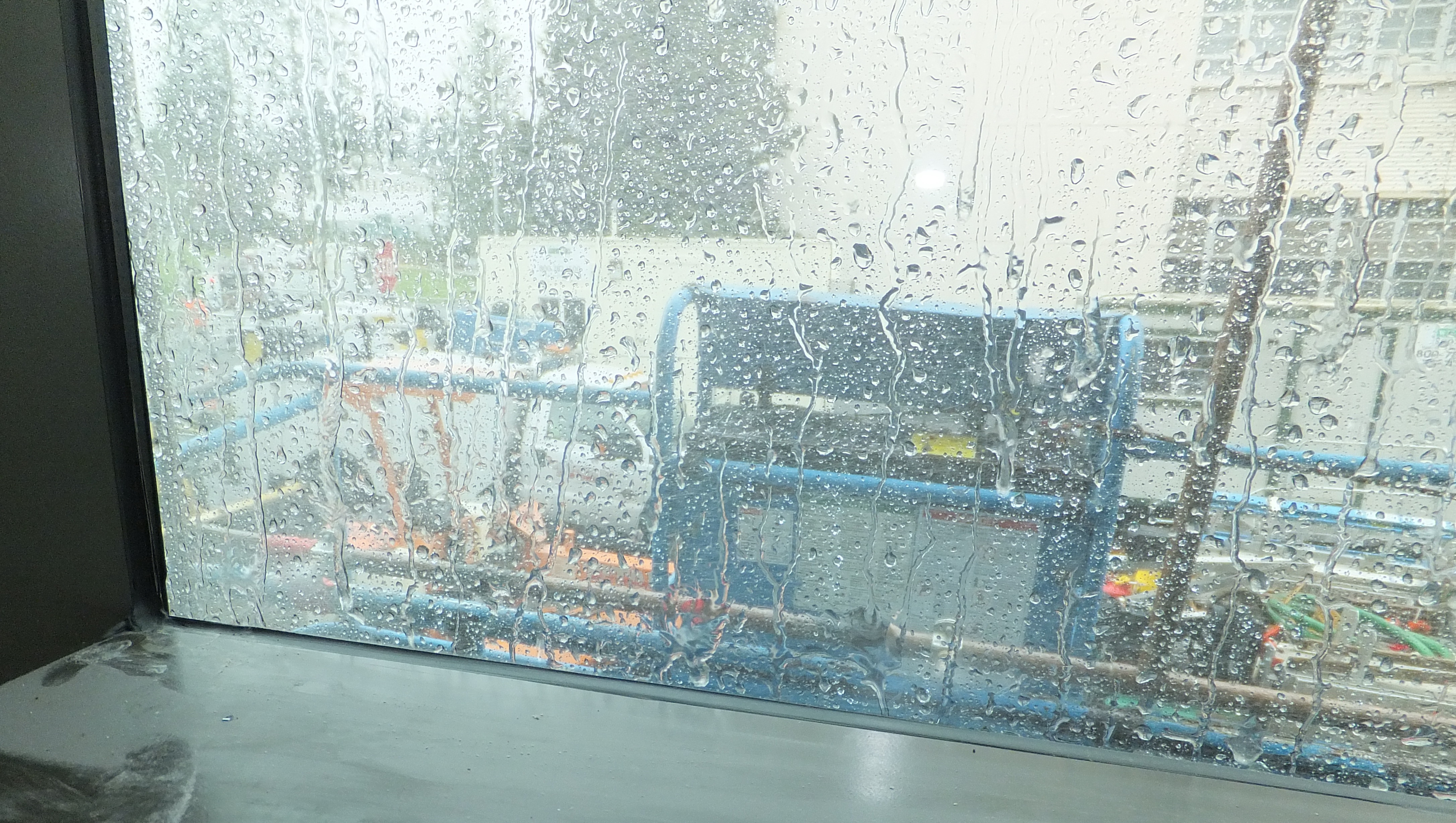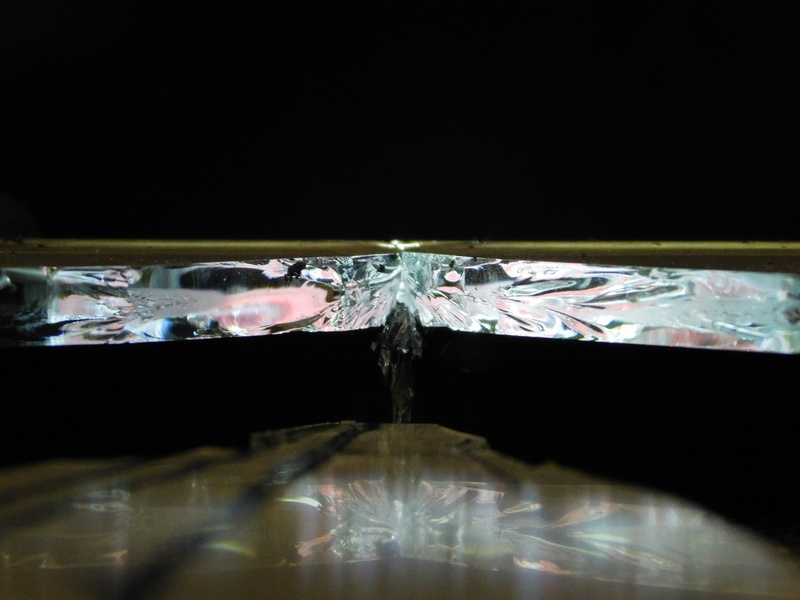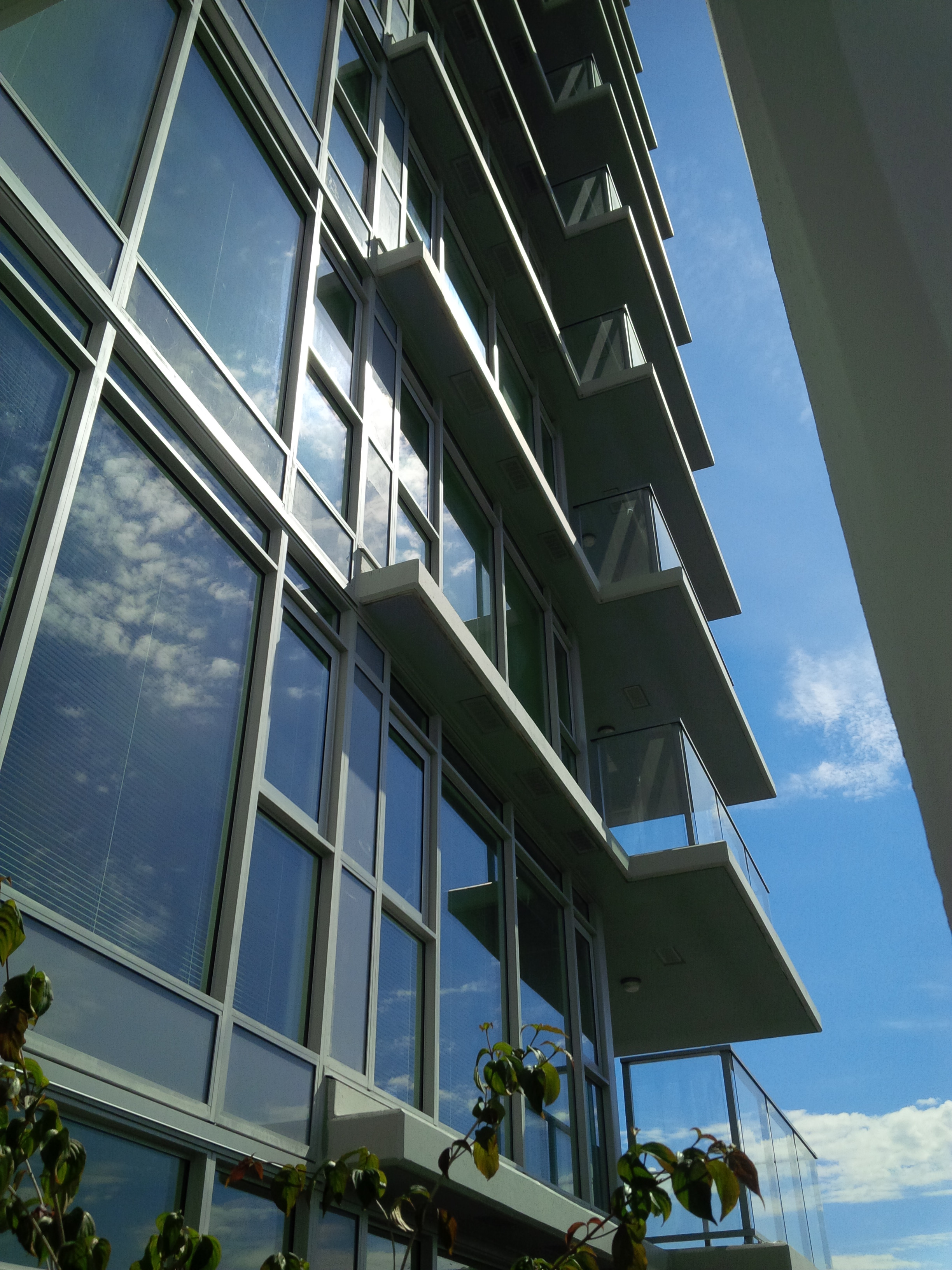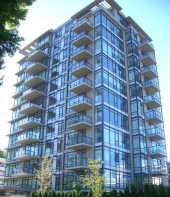ETFE, the fluorocarbon-based polymer ethylene tetrafluoroethylene, is quickly gaining popularity in North America with it’s use on some of the continent’s most prominent projects. ETFE was developed for architectural purposes in the 1970s, and since that time, mainstream use of ETFE in construction projects has been largely limited to Europe.
CCBST 2017: Design Limits for Framed Wall Assemblies Dependent on Material Choices for Sheathing Membranes and Exterior Insulation
There are many opinions in industry with regard to appropriate material choices for sheathing membranes and exterior insulation of framed wall assemblies. Opinions vary on what is sensible for the vapour permance of materials outboard of the framing so that not only will wetting and drying will be in harmony, but other interests such as costs, wall thickness, and energy efficiency targets can be met.
CCBST 2017: Fenestration Systems - It's All About the Plumbing!
A few years ago the Toronto office of our engineering firm experienced what we termed “the year of the crappy curtain wall”. In actuality it was more like eighteen months, and during that period we investigated persistent water penetration in several low- to mid-rise commercial office buildings ranging in age from 5 to 20 years old.
CCBST 2017: Quantifying the Benefit of Venting Glazed Spandrels to Reduce Glass Breakage and Control Moisture
While venting glazed spandrels is cited to be a benefit to control heat buildup, several instances of spontaneous glass breakage in spandrel insulated glazing units, attributed to thermal stress, have been reported in vented spandrel cavities used with an opacifier on the inside glass surface.
CCBST 2017: Lessons Learned from Lab Testing Failures
Curtain walls and window walls are typically specified to meet a variety of different performance and testing criteria, some of which can be quite stringent.
Economic Viability of Supplemental Piping
Implications of Introducing Electronic Logging Devices
The federal government has signaled its intent to introduce regulations that replace current requirements for truck drivers to complete paper log books with a mandate that trucks be equipped with Electronic Logging Devices (ELDs).
Implication of PTTC Policy Shift
Finance Minister Bill Morneau has recently announced the federal government’s intention to phase out its Public Transit Tax Credit (PTTC) effective Jul 1, 2017. The credit, which came into effect on July 1, 2006, allowed regular transit users to reduce their cost of using transit by 15 percent.
Guiding Design Teams by Hygrothermal, Energy, and Thermal Comfort Analysis while Managing Uncertainty
Ideally moisture analysis of buildings is based on statistical analysis where the probability of failure, loads and design parameters are stochastic variables, similar to limit state design for structural engineering. However, many industry professionals and standards, such as ASHRAE Standard 160 acknowledge that sufficient information is rarely available to make a full statistical analysis practical.
Canadian Window Wall: Design challenges and opportunities
One of the defining characteristics of new high-rise residential apartment building design in Canada today is the thermally broken, open-back aluminum frame ‘window wall’ building envelope system. Until recently, Canadian building codes and Canadian and North American fenestration standards have not recognized window wall as a distinct cladding system.

